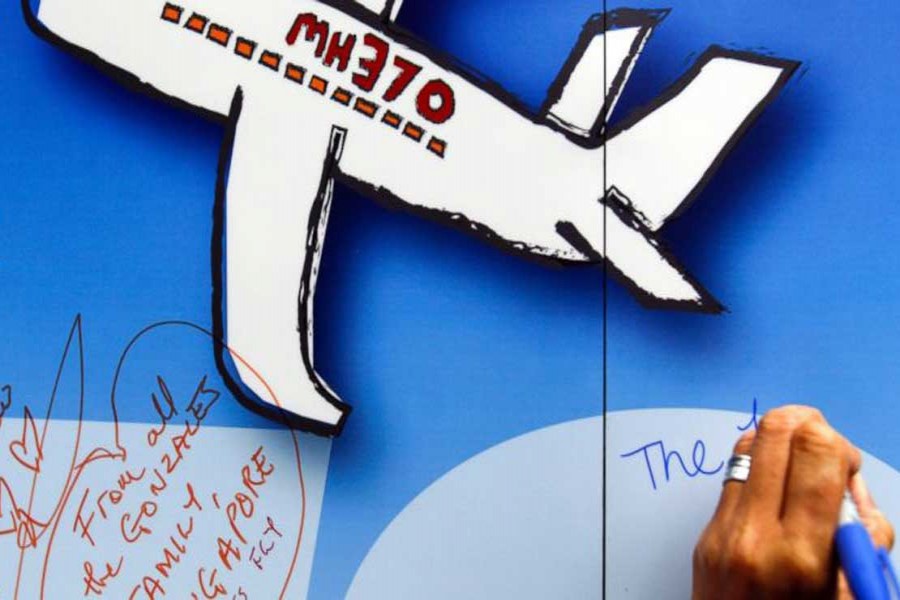Malaysia's government said Saturday that it has approved a new attempt to find the wreckage of Malaysia Airlines Flight 370, nearly four years after the plane's disappearance sparked one of aviation's biggest mysteries.
The US-based company Ocean Infinity dispatched a search vessel this past week to look in the southern Indian Ocean for debris from the plane, which disappeared March 8, 2014, on a flight from Kuala Lumpur to Beijing with 227 passengers and 12 crew members, reports AP.
The governments of Malaysia, China and Australia called off the nearly three-year official search last January without solving the mystery. The Australian Transport Safety Bureau's final report on the search conceded that authorities were no closer to knowing the reasons for the Boeing 777's disappearance, or its exact location.
"The basis of the offer from Ocean Infinity is based on 'no cure, no fee,'" Malaysian Transport Minister Liow Tiong Lai said Saturday, meaning that payment will be made only if the company finds the wreckage.
"That means they are willing to search the area of 25,000 square kilometres (9,653 square miles) pointed out by the expert group near the Australian waters," he said.
However, he said, "I don't want to give too much hope ... to the (next of kin)." He said his government was committed to continuing with the search.
He did not offer other details.
Ocean Infinity said in a statement that the search vessel Seabed Constructor, which left the South African port of Durban on Tuesday, was taking advantage of favourable weather to move toward "the vicinity of the possible search zone."
In the initial search for the plane, a 52-day surface search covered an area of several million square kilometres (square miles) in the Indian Ocean west of Australia, before an underwater search mapped 710,000 square kilometres (274,000 square miles) of seabed at depths of up to 6,000 meters (20,000 feet). They were the largest aviation searches of their kind in history, according to the Australian Transport Safety Bureau, or ATSB.
Despite other methods such as studying satellite imagery and investigating ocean drifts after debris from the plane washed ashore on islands in the eastern Indian Ocean and the east coast of Africa, the 1,046-day search was called off on Jan. 17, 2017.
However, the ATSB's report said the understanding of where the plane may be is "better now than it has ever been," partly as a result of studying debris that washed ashore in 2015 and 2016 that showed the plane was "not configured for a ditching at the end-of-flight," meaning it had run out of fuel.
The search team also looked back at satellite imagery that showed objects in the ocean that may have been MH370 debris. The report said this analysis complemented work detailed in a 2016 review and identified an area of less than 25,000 square kilometres (9,650 square miles) — roughly the size of the U.S. state of Vermont — that "has the highest likelihood of containing MH370."
The search was extremely difficult because no transmissions were received from the aircraft after its first 38 minutes of flight. Systems designed to automatically transmit the flight's position failed to work after this point, the report said.


